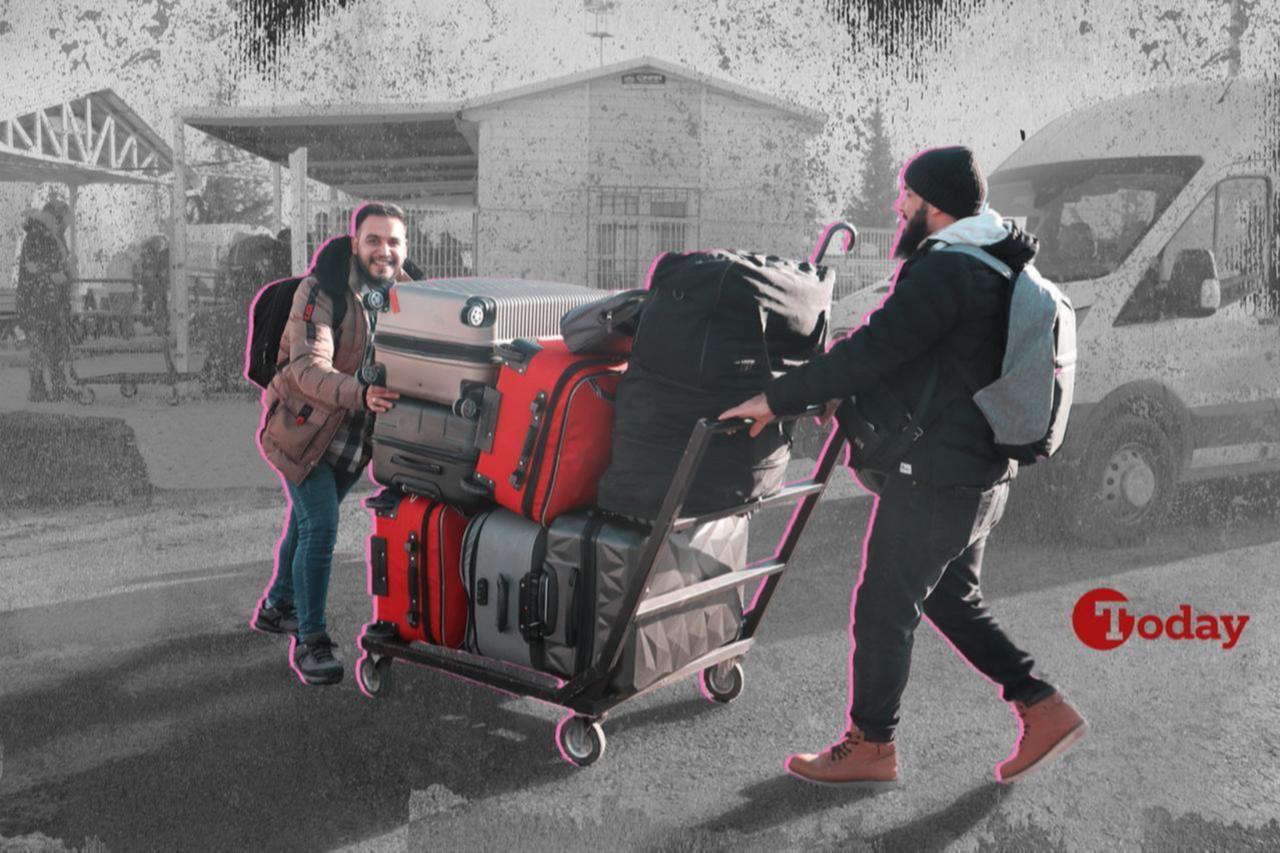
According to the latest UNHCR data, 843,994 Syrians have crossed back into Syria from neighboring countries since Dec. 8, 2024. In addition, 1.76 million internally displaced persons (IDPs) have returned home, including 880,058 from IDP sites. At first glance, these figures suggest a hopeful story of recovery. But a closer look reveals a troubling pattern: return dynamics differ sharply between Syria’s north and south, and between its west and east.
Since the fall of the Assad regime, Syria has moved—unevenly—toward stability and economic recovery. Despite years of war and destruction, Syrians are rebuilding their lives. Refugee and IDP returns illustrate this resilience. Syria, once the world’s largest source of refugees, is now witnessing hundreds of thousands of people coming back. This shift also underlines a once-controversial truth: it was Assad’s rule that drove Syrians to flee in the first place.
Return is more than symbolic. It is a pillar of recovery, strengthening social reintegration and supporting economic revival. Yet the benefits are largely concentrated in Syria’s west and northwest. In contrast, the south and northeast remain fragile, where insecurity and unresolved geopolitical tensions prevent significant returns.

Of all returnees, 450,169 came from Türkiye, 141,000 from Jordan, 5,500 from Iraq, and nearly 250,000 from Lebanon. Yet UNHCR also recorded over 100,000 new arrivals in Lebanon during this period—most refugees visiting Syria and coming back, but also displaced people from coastal areas following the escalation in March 2025.
In percentage terms, about 15.5% of Syrians in Türkiye, 10.8% in Jordan, and 1.8% in Iraq returned home. For Lebanon, where unregistered refugees and new arrivals complicate the picture, the return rate can be estimated at 11%–19%.
The IDP file offers further clarity. According to UNHCR, while 1.76 million IDPs returned home since Dec. 8, a total of 158,709 individuals—mostly Bedouin Arab—in Sweida became new IDPs.
IDP returns to southern Syria are almost nonexistent—just 2% of all IDP returns were to Deraa. Similarly, SDF-controlled Hassakeh and Raqqa together accounted for only 2%. By contrast, 51% of all IDP returns were to northwest Syria’s Aleppo and Idlib.
Also, refugee return numbers from Türkiye tell a similar story.
Returnees return to northwest and central Syria, but not to eastern Syria.
The lesson is clear: for Syria’s recovery to be nationwide, the security and political situation in the south and east must first be resolved. Otherwise, return will remain a regional phenomenon, rather than a national one.